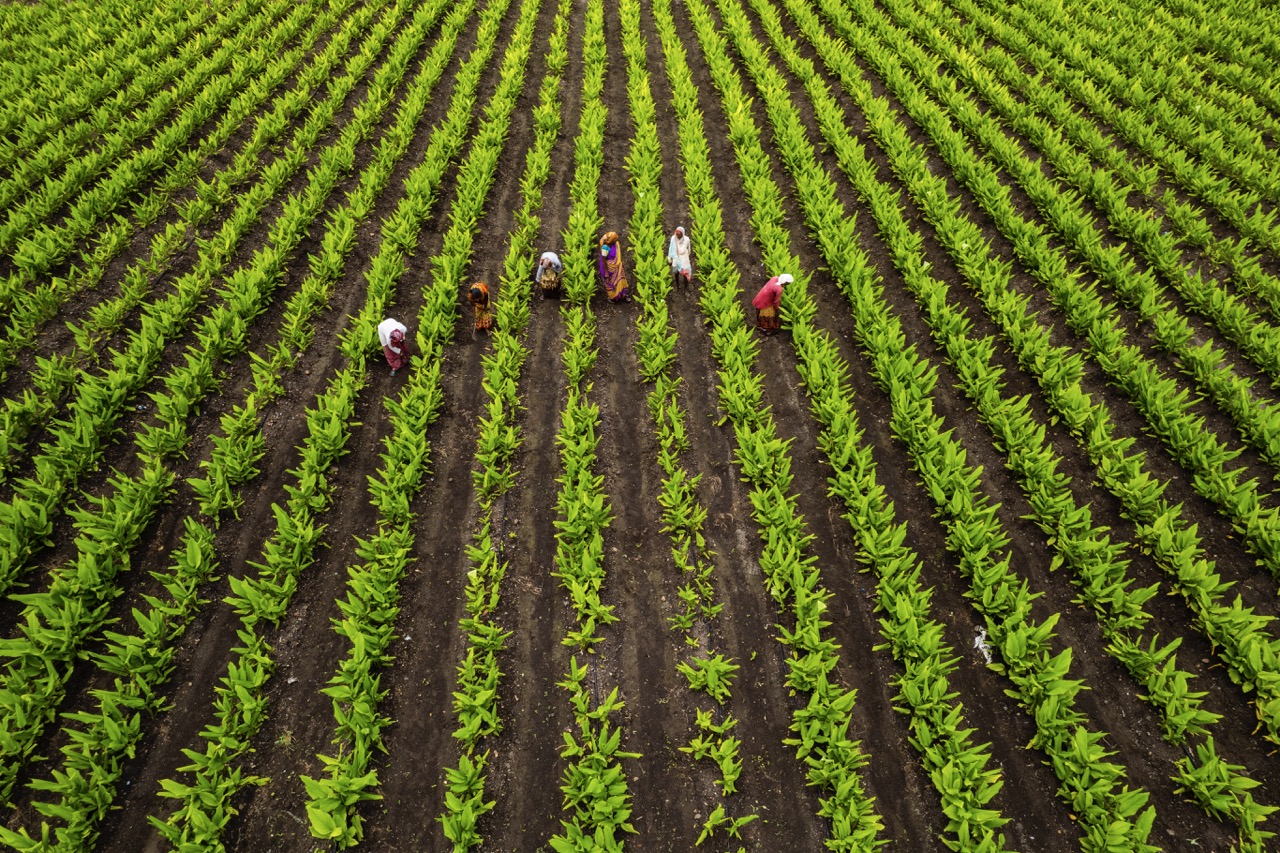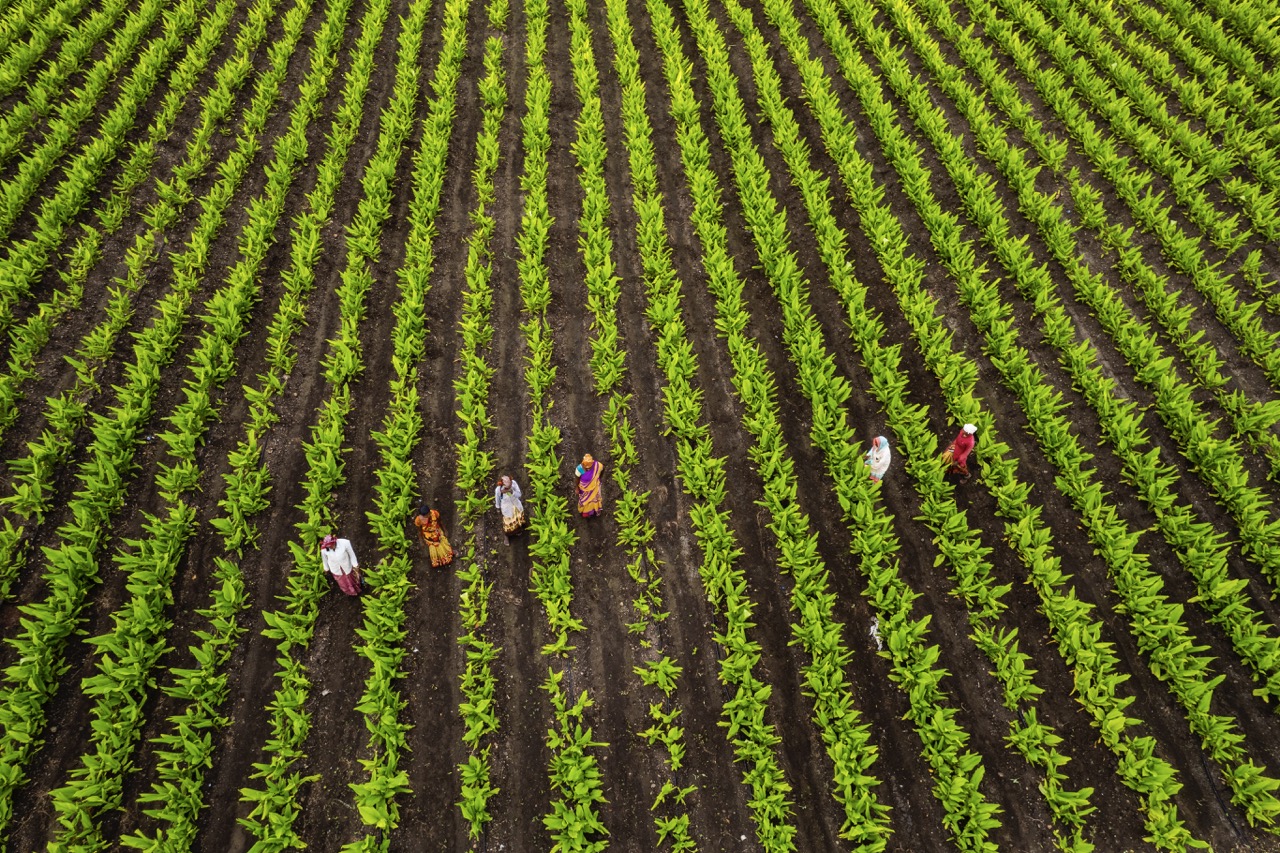In an era marked by rapid environmental changes and increasing economic pressures, the agricultural sector is at a crossroads. Farmers face numerous challenges, from crop diseases and pests to unpredictable weather patterns exacerbated by climate change. One of the most effective strategies for overcoming these challenges lies in crop diversity. By cultivating a range of crops rather than focusing on a single variety, farmers can significantly enhance the resilience of their operations. This article explores the benefits of crop diversity, focusing on its role in farming resilience, economic advantages, environmental impact, and the challenges posed by climate change.
Understanding Crop Diversity and Its Role in Farming Resilience
Crop diversity refers to the variety of different crops cultivated in a specific area. This practice is not merely a matter of aesthetics; it plays a critical role in ensuring the resilience of farming systems. By growing various crops, farmers can reduce their dependence on any single species, which mitigates the risks associated with crop failure due to disease outbreaks or pest invasions. For example, if one crop suffers from a blight, the presence of other crops can provide a buffer, thus safeguarding the farmer’s overall yield.
Furthermore, crop diversity can enhance ecosystem stability. Different plants attract a variety of pollinators and beneficial insects, promoting a balanced ecosystem that can be more resilient to environmental stresses such as drought or flooding. Additionally, diverse plant roots can improve soil structure and reduce erosion, allowing for better water retention and nutrient cycling. This multifaceted approach not only contributes to the sustainability of farming operations but also fosters a healthier environment.
Finally, understanding crop diversity also involves recognizing the socio-economic implications. Farmers who engage in polyculture—growing multiple crops in the same space—often experience increased food security and market resilience. This diversified approach allows farmers to cater to different consumer demands and adapt to market fluctuations, ultimately creating a more robust agricultural economy.
Economic Advantages: How Diversity Boosts Farm Profitability
The economic benefits of crop diversity are profound and multifaceted. Firstly, diverse cropping systems can reduce financial risks for farmers. By not relying on a single crop, farmers can hedge against market volatility and price drops. For instance, if the price of one crop declines, revenue from other diversified crops can compensate for the loss, providing a more stable income stream. This financial buffer is particularly crucial in today’s unpredictable agricultural markets.
Moreover, crop diversity can lead to improved productivity. Certain combinations of crops can enhance overall yield through complementary growing patterns. For example, intercropping—planting two or more crops in proximity—can maximize land use efficiency and increase overall production. Additionally, diverse crops can create niche markets, allowing farmers to capitalize on premium prices for organic or specialty produce. By diversifying their offerings, farmers can attract a wider customer base and command better prices.
Investing in crop diversity also reduces the need for expensive inputs, such as fertilizers and pesticides. Diverse farms can often rely on natural pest control and reduced soil degradation, leading to lower operational costs. This efficiency translates into higher profit margins, enabling farmers to reinvest in their operations and support local economies. In many cases, diverse farms also attract eco-conscious consumers, which can further enhance profitability through sustainable marketing strategies.
Environmental Impact: Enhancing Soil Health and Biodiversity
The environmental impact of crop diversity extends beyond immediate agricultural benefits. One of the most significant advantages is the enhancement of soil health. Diverse cropping systems contribute to greater soil structure and fertility by promoting microbial diversity and nutrient cycling. Different crops have unique root structures and nutrient requirements, which can enhance soil organic matter and reduce compaction. Healthier soils lead to better crop yields and less reliance on chemical fertilizers, contributing to sustainable farming practices.
Moreover, crop diversity plays a pivotal role in preserving and promoting biodiversity. A variety of crops supports a wider range of wildlife, including beneficial insects and pollinators vital for ecosystem health. This increased biodiversity can improve pest control naturally, reducing the need for synthetic pesticides that can harm the environment. By fostering a more balanced ecosystem, farmers can create a self-sustaining agricultural system that is less vulnerable to external shocks.
Lastly, the environmental benefits of crop diversity contribute to climate resilience. Diverse cropping systems can help sequester carbon in the soil, mitigating the impact of greenhouse gas emissions. Additionally, maintaining a variety of crops can enhance water management practices by improving rainfall absorption and reducing runoff. This holistic approach not only benefits the farm but also contributes to broader environmental goals, such as combating climate change and preserving natural resources.
Future Challenges: Building Resilience Against Climate Change
As climate change continues to pose unprecedented challenges to agriculture, crop diversity emerges as a crucial strategy for building resilience. Shifting weather patterns, increased frequency of extreme weather events, and unpredictable growing seasons require adaptive farming practices. Crop diversity enables farmers to select varieties that are better suited to changing conditions, such as drought-resistant or flood-tolerant crops, thus ensuring food security in the face of adversity.
Furthermore, the integration of traditional knowledge and modern agricultural science can enhance the effectiveness of diverse cropping systems. Farmers who understand their local ecosystems can better match crop varieties to their specific environmental conditions, leading to improved resilience. This combination of knowledge and practice empowers farmers to make informed decisions about crop selection and management strategies, ultimately strengthening their capacity to adapt to climate change.
However, challenges still remain, including access to resources and markets for diverse crops. Farmers may require support in overcoming barriers to implementing diverse systems, such as financial assistance, training, and access to seeds. Policy frameworks that promote and incentivize crop diversity can help farmers transition towards more resilient practices. Ultimately, fostering crop diversity is not merely a method of farming; it is a comprehensive approach to ensuring agricultural sustainability in the face of future challenges.
In summary, the benefits of crop diversity extend far beyond mere variety; they encompass economic stability, environmental health, and resilience to climate challenges. As farmers navigate the complexities of modern agriculture, embracing diverse cropping systems can prove to be a strategic advantage. By protecting against risks, enhancing productivity, and supporting biodiversity, crop diversity not only enhances individual farm resilience but also contributes to the sustainability of the entire agricultural sector. The path forward will require collaboration among farmers, policymakers, and consumers to foster a resilient agricultural future where diversity is celebrated as a cornerstone of success.










